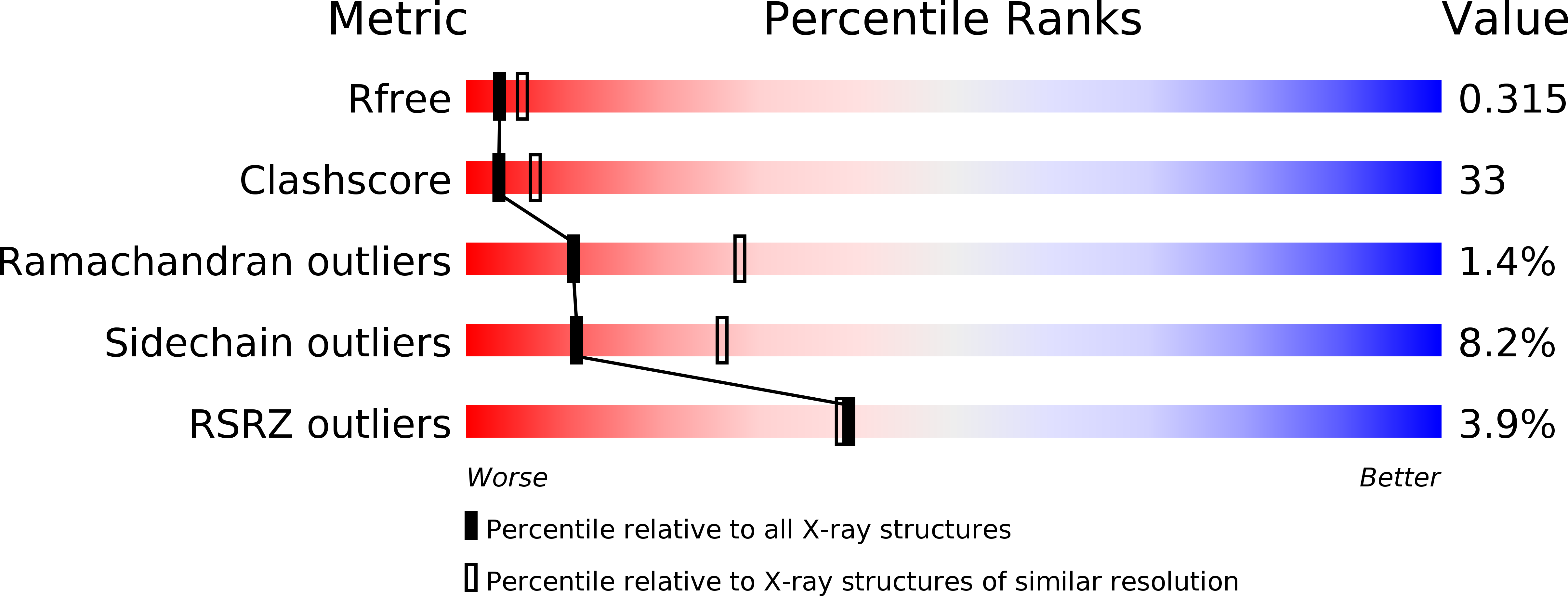
Deposition Date
2002-04-19
Release Date
2002-04-29
Last Version Date
2024-10-23
Entry Detail
PDB ID:
1GY3
Keywords:
Title:
pCDK2/cyclin A in complex with MgADP, nitrate and peptide substrate
Biological Source:
Source Organism:
HOMO SAPIENS (Taxon ID: 9606)
SYNTHETIC CONSTRUCT (Taxon ID: 32630)
SYNTHETIC CONSTRUCT (Taxon ID: 32630)
Host Organism:
Method Details:
Experimental Method:
Resolution:
2.70 Å
R-Value Free:
0.31
R-Value Work:
0.25
Space Group:
P 21 21 2


